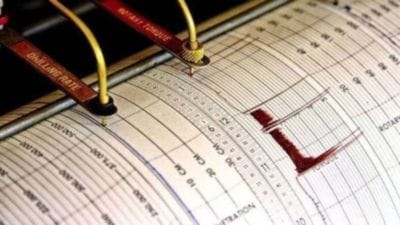And thanks to the Narmada, once again flows the Sabarmati
The Sardar Sarovar dam has, finally, brought alive the river than runs through whole lives in Ahmedabad. The iconic Sabarmati river, the sym...

The Sardar Sarovar dam has, finally, brought alive the river than runs through whole lives in Ahmedabad. The iconic Sabarmati river, the symbol of freedom and life and, in recent years, one of the worst examples of urban decay, is brimming with water and hope. The sickly trickle that had come to characterise the river has been washed away, and you can actually see boats bobbing on the river’s surface.
The water, which was released into the Sabarmati last week at Hansol, 15 kms north-west of Ahmedabad, has travelled a distance of 200 kilometres through a network of canals from the Sardar Sarovar dam in Narmada district.
The Government released 3,000 cusecs of water from the dam into the river last week, it plans to release another 1,200 within the next six months.
| THIS USED TO BE A PLAYGROUND | |
| The Sabarmati river on Wednesday. Harsh Shah |
‘‘We will release water continuously, so the river will have water throughout the year,’’ said Bhupendra Chudasama, chairman of Sardar Sarovar Narmada Nigam Limited. ‘‘The dam’s canal system is being used as a storage and water will be released as and when necessary, not just into the Sabarmati, but also into other streams,’’ he told The Indian Express.
Ahmedabad’s residents still haven’t stopped celebrating. Every evening, thousands of them drive to the nearest bridge to watch the waters, just as thousands thronged the six bridges across the river last week to watch its watermark rise. And when the BJP—which may well milk the issue for the elections—organised a public celebration on Wednesday, huge crowds turned up to watch the boats, the lamps flowing on the water and the fireworks.
Over the last 20 years, the Sabarmati has filled up oh so briefly during the monsoon, only to dry up after the last dark cloud disappeared from the sky. The river had shrunk to a thin, dirty stream bogged down by sewage and industrial discharge. Washermen contributed their bit to the pollution. Slums popped up along the river bank, sometimes right on the river bed. After all, it was dry.
It wasn’t always so. ‘‘I can still remember the lakhs who had gathered at the river bank to hear Gandhiji’s speeches. The river was so beautiful, every morning, we would bathe in it. We would use the water for household purposes,’’ says 98-year-old K K Shastri, working president of the Vishwa Hindu Parishad.
The river was reduced to a dirty shadow of itself ever since the Dharoi dam was built in the ’70s, he says. ‘‘The river dried up and started getting more and more polluted as urban development increased around the city.’’
Enamoured by the Sabarmati, poet Labhshankar Thakar, 68, even bought a house on the river bank. He came to regret his decision as the years went by. ‘‘I always covered my nose while crossing the river. I guess everybody did that,’’ he says.
Even the stink may vanish, say environmentalists. ‘‘The water in the river will dilute the pollutants. Since there’s so much water spread across a surface, the temprature will come down too,’’ says P S Thakkar.
Municipal officials also say the five French wells—borewells built according to a French design—on the river-bed will be recharged, giving the city an anticipated additional three crore gallons water.
The Ahmedabad Municipal Corporation hopes to save the lakhs that it currently spends on electricity used to run the city’s 406 borewells.
Photos



- 01
- 02
- 03
- 04
- 05




























